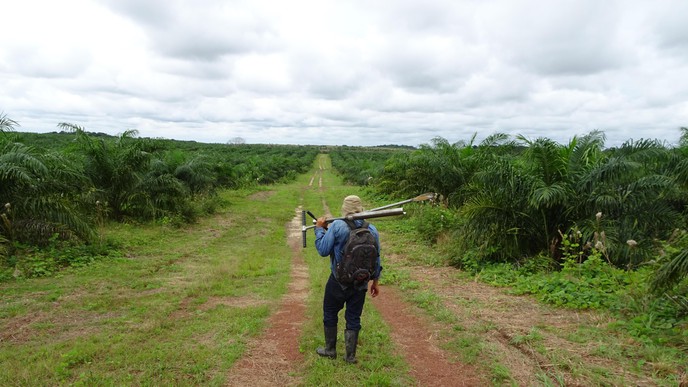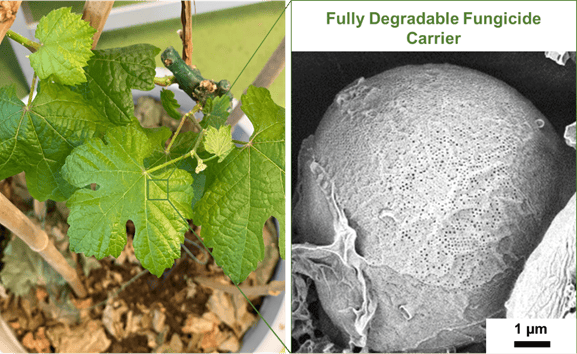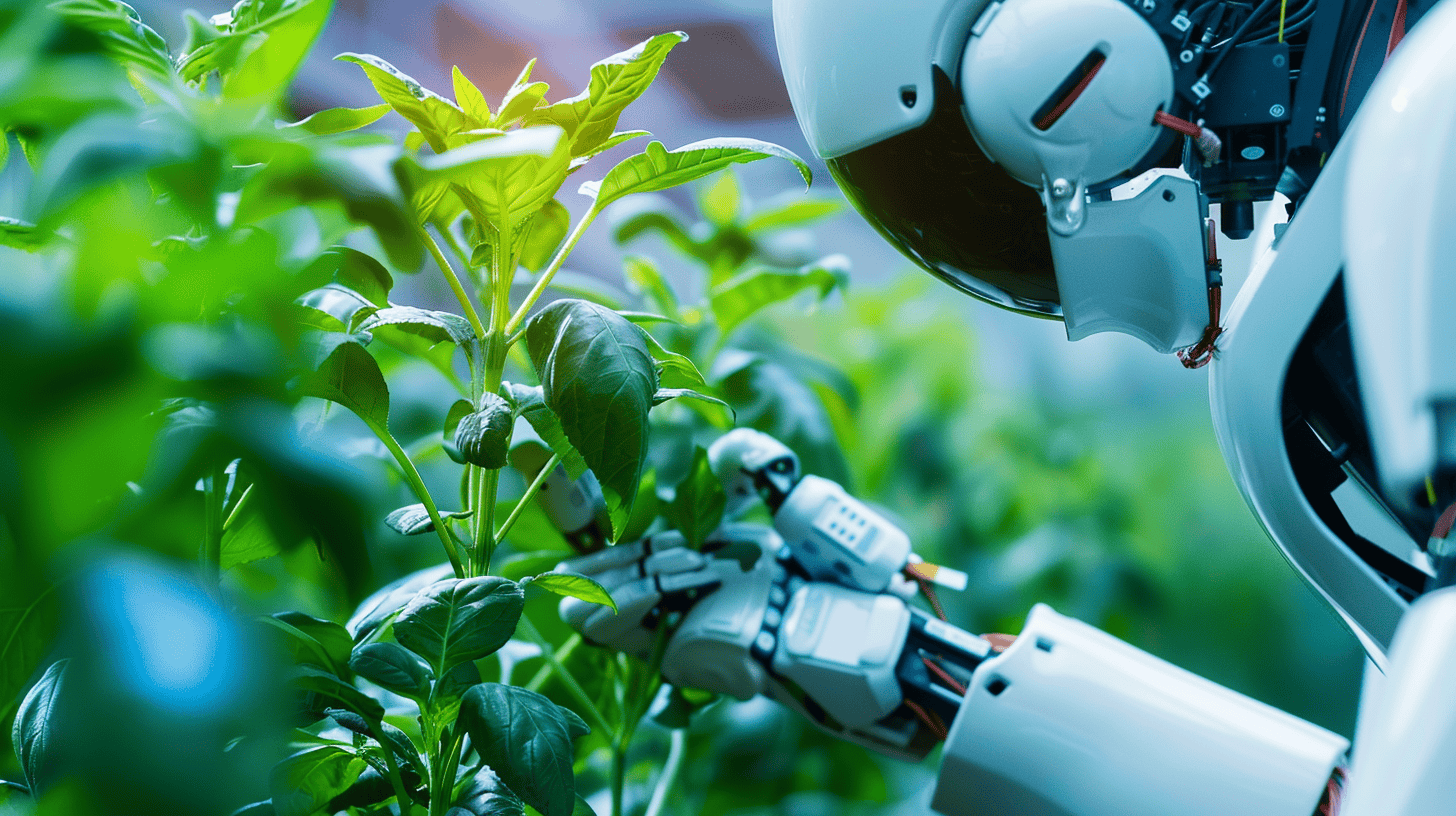
Demand for palm oil – a cheap raw material used widely around the world – is huge, and growing. This crop serves as a livelihood for many small farmers in the tropics. But studies have shown that the way oil palm is currently cultivated plays a major role in deforestation, impacting biodiversity, creating social tensions and leaving a heavy carbon footprint.
To examine alternatives, Juan Carlos Quezada, when he was a PhD student at EPFL’s Laboratory of Ecological Systems (ECOS), along with scientists at the Swiss Federal Institute for Forest, Snow and Landscape Research (WSL), conducted an in-depth study as part of the Oil Palm Adaptive Landscapes project funded by the Swiss National Science Foundation and headed by ETH Zurich. The research team looked specifically at the conversion of former croplands and degraded savannas, which are prevalent in South America, into oil palm plantations, informs the Swiss Federal Institute of Technology Lausanne in a press release.
A smaller carbon footprint
Colombia is the world’s fourth-largest producer of palm oil. There, a large share of the expansion in oil palm plantations has occurred in savanna regions. These regions naturally harbor few trees, so their conversion does not require extensive deforestation or generate large-scale CO₂ emissions. “Turning tropical forests into oil palm plantations has a massive carbon footprint,” says Alexandre Buttler, an EPFL Emeritus Professor who served as head of ECOS until he retired in 2019. “It produces around 170 tons more carbon emissions per hectare than deforestation-free processes like the one we studied here.”
However, when degraded savannas are turned into oil palm plantations, the net result can be carbon-negative. The research team found that this form of land conversion increases the amount of carbon stored in the ecosystem by an average of 40 tons per hectare over a full cultivation cycle of around 30 years. That’s because planting oil palm trees on land that previously had no trees adds biomass (i.e., organic matter) both aboveground, through the trunks and leaves, and belowground, through the roots. This biomass then becomes a carbon sink. At the same time, soil carbon loss is limited.
Increasing the potential for soil carbon storage
The research team also measured how methods used to cultivate oil palms affect soil carbon levels. Soil plays an essential role in the global carbon cycle since it’s the biggest single store of carbon. In addition to countering global warming by storing carbon, CO₂ absorption from the air and translocation to the soil makes its fertility more sustainable
The scientists found that using the right cultivation methods can improve soil’s capacity for carbon storage. Oil palm plantations are generally divided into four areas; two of them – weeded circles, which are bare surfaces around oil palm trunks where most of the fertilizer is applied in the early stages of plantation, and frond piles, which are stacks of organic waste – have particularly high soil carbon stocks. Managing the four areas more effectively can increase overall soil fertility and biodiversity over the long term.
The priority is still protecting biodiversity
The scientists’ findings, which appear in Global Change Biology, indicate that converting degraded savannas into oil palm plantations can not only prevent deforestation, but also produce a net negative carbon balance and maintain long-term soil fertility by increasing the amount of soil carbon storage through improved management. However, the scientists also point out that savannas are unique ecosystems that house considerable biodiversity and that priority should be given to conserving them. “Oil palm expansion should take place on previously transformed lands in savanna regions, such as the degraded pastures which are abundant in the Neotropics, or on degraded savannas, when their restoration is not viable,” says Buttler.
Also interesting: From seeing to smelling – how technology can help growers keep their crops healthy
Selected for you!
Innovation Origins is the European platform for innovation news. In addition to the many reports from our own editors in 15 European countries, we select the most important press releases from reliable sources. This way you can stay up to date on what is happening in the world of innovation. Are you or do you know an organization that should not be missing from our list of selected sources? Then report to our editorial team.







